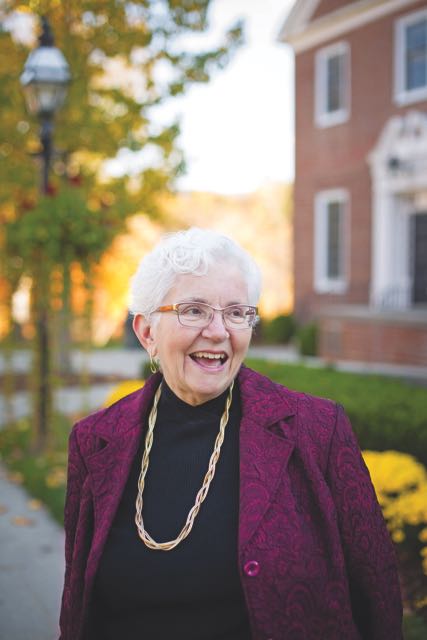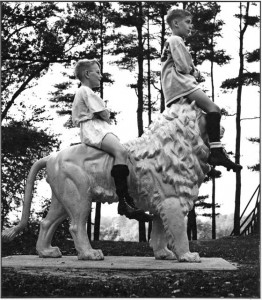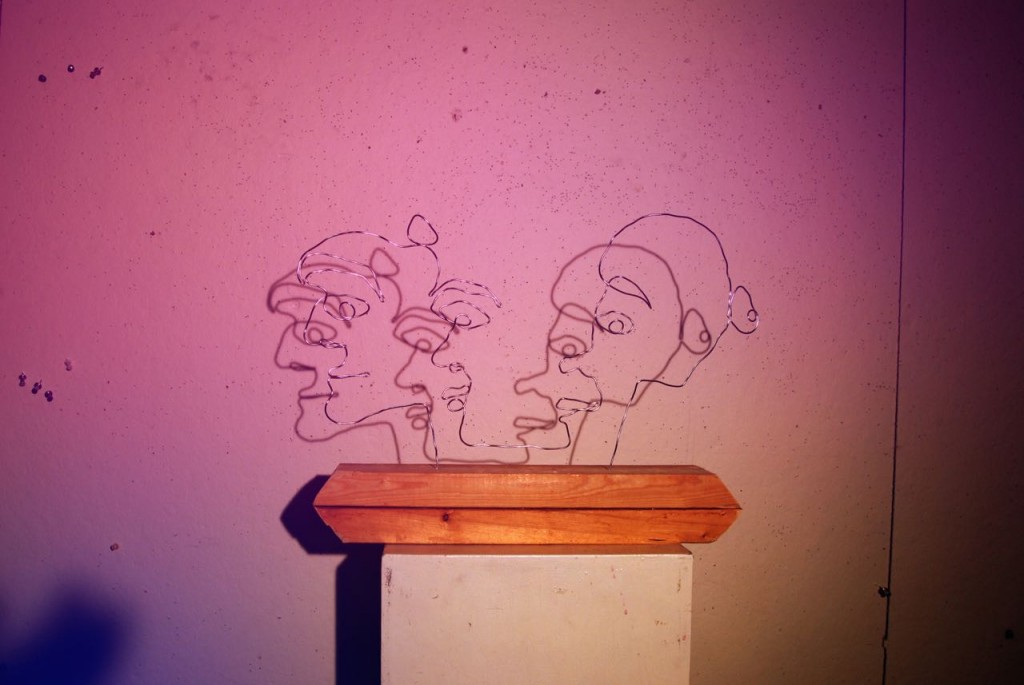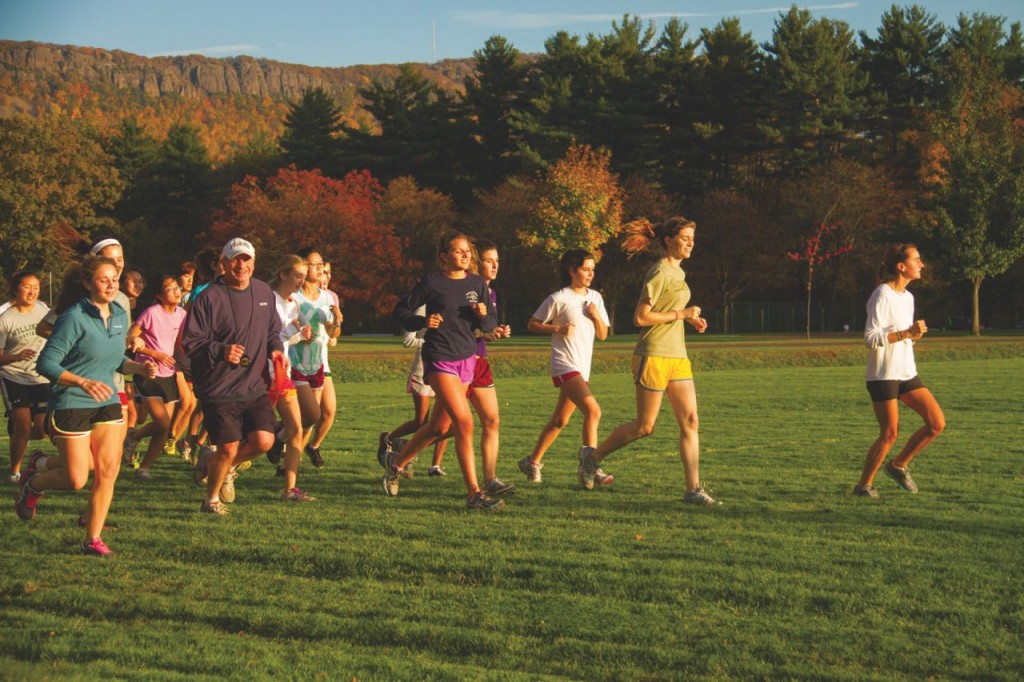 “I was eager and ignorant,” laughs Academic Dean and girls cross country coach Greg Tuleja, as he remembers his first year at Williston Northampton.
“I was eager and ignorant,” laughs Academic Dean and girls cross country coach Greg Tuleja, as he remembers his first year at Williston Northampton.
Mr. Tuleja had never been on a prep school campus before he arrived at the school in 1983, fresh from graduate school at Rutgers University. A recreational runner, he had never coached before—but cross country seemed as good a fit as any that first year. It turned out to be much more than that for the new teacher. “I could tell from the beginning that the girls who ran cross country were determined and
disciplined,” he said.
There were only eight or so girls that first year. The second year only four girls ran. That meant that no matter how well those four runners did, the team had to forfeit every meet—a team needed five runners to qualify. And yet under Mr. Tuleja’s guidance, the team grew. By 1986, Williston Northampton had won its first New England Championship— the first of two under his leadership.
The team had 25 consecutive winning seasons, broken only by the fall of 2011, and has started a second streak with three straight since then. This fall, the team had 35 members, and Mr. Tuleja said other coaches regularly ask him how a school the size of Williston Northampton fields a team that large. He says he doesn’t have an answer.
His runners do, though.
“As a cross country coach, Mr. T. was a father to us. He led our team with a beautiful mixture of devotion to the sport and to his runners, and true selflessness,” wrote Adrienne Stolarz Mantegna ’94 in an email about her former coach. “He inspired us to be better every day. We wanted to do well, to be better, to win not just for us but always for him.”
Ms. Mantegna, who now teaches English at Williston Northampton, said Coach Tuleja never expressed disappointment in his runners.
Instead, he “would encourage, encourage, encourage.” Through Coach Tuleja, Ms. Mantegna said she learned how to run as a team, in a pack, working hard to keep pace with the stronger runners.
“Because of his compassionate leadership, it didn’t matter your level of skill, you were one of the family,” Ms. Mantegna said. “I had never run before I joined and still, 20+ years later, running is a part of my near-daily life because of how he taught me to do it, both physically and mentally.”
This year, Mr. Tuleja celebrated his 200th victory as a coach, and the thrill of coaching hasn’t lessened. “There’s something special about going down to the fields,” he said recently. “The girls may be dead tired and collapse after a race, and part of the reason they’re doing that is for me. They know what it means to me.”
Sophomore Emily Yeager added, “Mr. Tuleja makes running fun. From his jokes in practice, to a ‘Pitch Perfect’ team night, to the advice and
encouragement given on race day; Mr. Tuleja makes the cross-country experience unique. I have run for him for two years now, and I can honestly say that I feel honored to have him as a coach.”
What did Coach Tuleja mean to you? Share your memories and experiences in the comments section below.
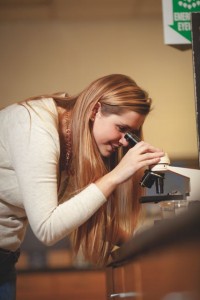 Emily Grussing ’15 was in AP Calculus when she learned the news: a scientific paper she researched and co-authored had just been accepted for publication.
Emily Grussing ’15 was in AP Calculus when she learned the news: a scientific paper she researched and co-authored had just been accepted for publication.

